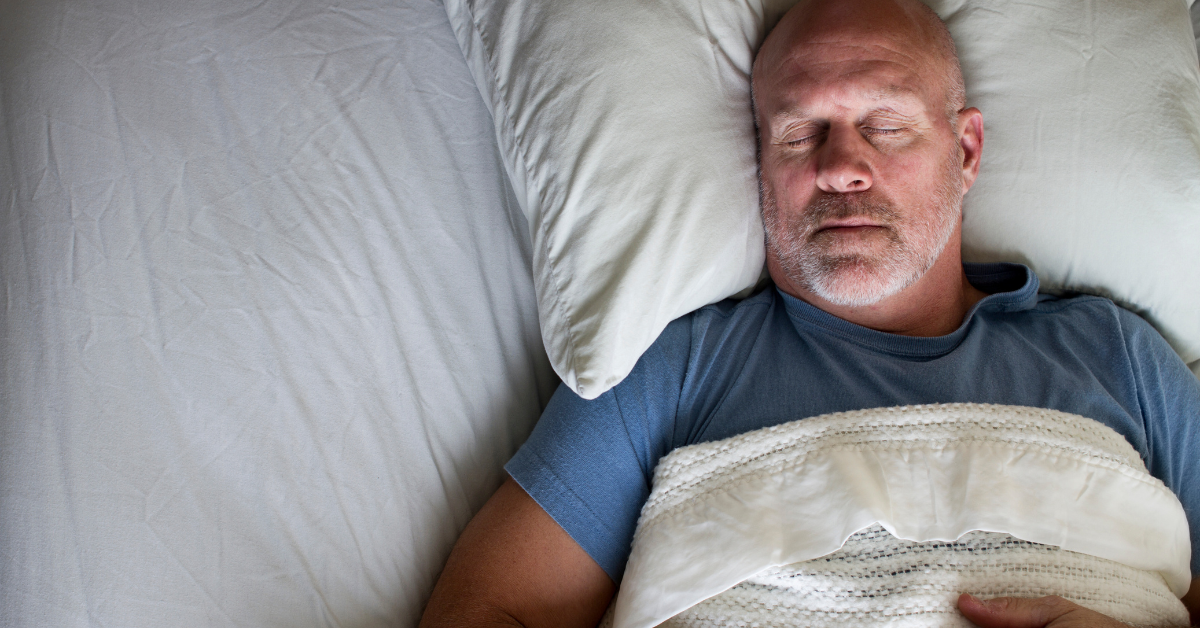Night sweats can be a thing of the past 😌 💫
Heat & Sleep: This Simple Fix Could Solve Your Stress Dreams


Any human being would agree that being too hot at night is one of the most uncomfortable conditions to sleep in. But not only is sleeping too hot causing you to lose quality snoozing hours each night, it could be causing stress dreams, according to new sleep science research. So to put simply, the secret to saying goodbye to anxiety dreams and night sweats is to stay cool during sleep.
Many Americans may be experiencing more stress-induced dreams this summer as sweltering temperatures have taken over several states, like Texas and Florida. Innovative bedding products, like the chilliest mattress protector on the market determined by a recent survey, are a simple solution to sleep cooler and therefore better. Continue reading in our blog on how heat affects our sleep, dreams, and overall health and what you can do to avoid nighttime heat symptoms like night sweats and weird dreams.
What are Anxiety Dreams?
In the realm of sleep, there exists a phenomenon that many of us have encountered at one point or another: anxiety dreams. These dreams, often characterized by feelings of unease and distress, can be attributed to various factors, one of which is heat. When our bodies become uncomfortably warm during the night, it can trigger a cascade of reactions within our minds, resulting in unsettling dreams that disrupt our rest.
As we delve into the intricacies of the human body and mind, it becomes evident that a link exists between environmental conditions, such as temperature, and the content of our dreams. Research suggests that heightened temperatures during sleep can lead to increased brain activity, particularly in the regions responsible for processing emotions and anxieties. When these regions are stimulated, our dreams may take on a more distressing and anxious tone.
How Hot Temperatures Affect Dreams
It's important to grasp how heat impacts our sleep quality. When our bodies experience heat during the night, it can lead to discomfort and restlessness. Our internal thermostat strives to maintain an optimal temperature for sleep, and any deviation from this balance can lead to fragmented sleep cycles. These disturbances, in turn, can trigger the onset of anxiety dreams.
Tips to Avoid Anxiety Dreams
The quest for tranquil sleep in the face of heat-induced anxiety dreams requires a multifaceted approach that encompasses our sleep environment, bedtime rituals, and mental well-being.
1. Create a Calming Sleep Environment
Design your sleep haven with comfort in mind. Opt for breathable, lightweight bedding and consider utilizing a fan or air conditioning to maintain a soothing room temperature. The gentle hum of a fan not only circulates indoor air but provides white noise that can mask any disruptive sounds.
2. Mindful Bedtime Rituals
Engaging in relaxation techniques before bed can help ease your transition into slumber. Gentle activities such as reading, practicing deep breathing, or listening to soft music can help calm your mind and minimize stressors that might contribute to anxiety dreams.
3. Opt for Cooling Bedsheets
Today’s technology has brought the bedding industry far along the road to healthier, better sleep. At DreamFit, we incorporate various technologies into producing cooling fabrics for our bedsheets, mattress protectors, and pillow covers. So, from head to toe, our premium sheets and other bedding items regulate your body temperature each night.
Our best selling cooling bedsheets and mattress protectors are the Enhanced Bamboo™ sheet set and DreamChill™ mattress protector. Bamboo viscose is used in our cooling bedsheets, providing a naturally cooling effect in your very own bed. From the base of your mattress, stay cool with our mattress protector that uses our Chill Innovation. This fabric is waterproof and equipped with our patented StaKool™ and StaDry™ technologies, which use mineral blends to keep you cool every night.
4. Stay Hydrated, But Not Excessively
While it's important to remain hydrated, be mindful not to consume excessive fluids close to bedtime. Frequent trips to the bathroom can disrupt your sleep, creating fertile ground for unsettling dreams to take root. Instead, drink enough water throughout your day to keep your body well hydrated.
5. Moderate Evening Meals
Sugary, spicy, or rich foods close to bedtime can lead to indigestion and discomfort, potentially interfering with your sleep. Opt for a light snack if needed, and give your body ample time to digest before lying down.
6. Engage in Light Physical Activity
Incorporating gentle exercise, such as yoga or stretching, during the day can promote better sleep. However, avoid intense workouts too close to bedtime, as they can raise your body temperature and trigger restlessness.
7. Maintain a Consistent Sleep Schedule
Your body thrives on routine. Strive to go to bed and wake up on the same schedule each day, even on weekends. This practice reinforces your body's internal clock, enhancing the quality of your sleep.
8. Limit Screen Time Before Bed
The blue light emitted by screens can disrupt your body's production of melatonin, a hormone crucial for regulating sleep. Aim to disconnect from electronic devices at least an hour before bedtime.
In the pursuit of restful sleep, it's imperative to acknowledge the role that heat can play in the manifestation of anxiety dreams. By thoughtfully curating your sleep environment, adopting relaxing bedtime rituals, and prioritizing your mental well-being, you can establish a foundation for serene slumber. The connection between heat and anxiety dreams is a reminder of the delicate interplay between our external surroundings and our internal state. With mindfulness and a nurturing approach, you can overcome the discomfort of heat-induced anxiety dreams and embrace the tranquil repose you deserve.